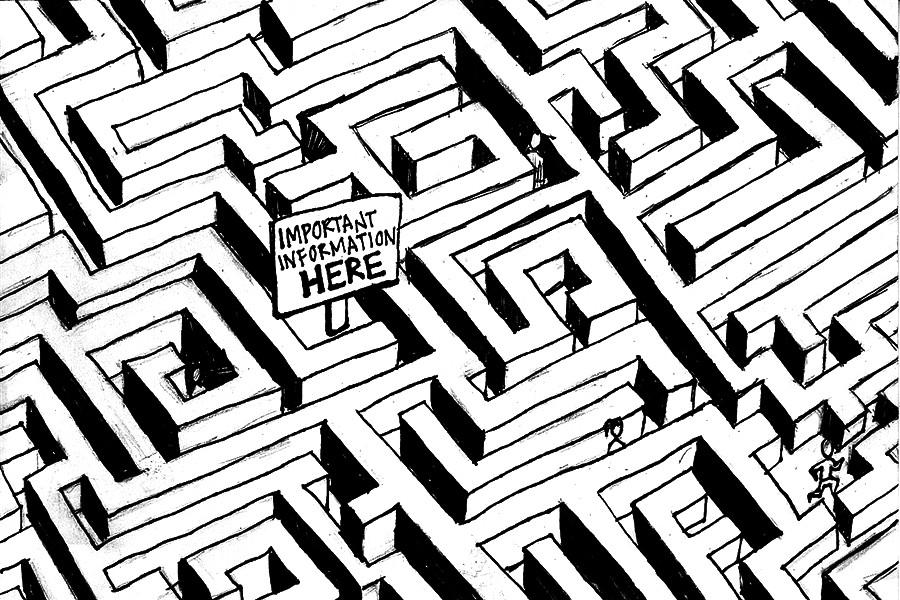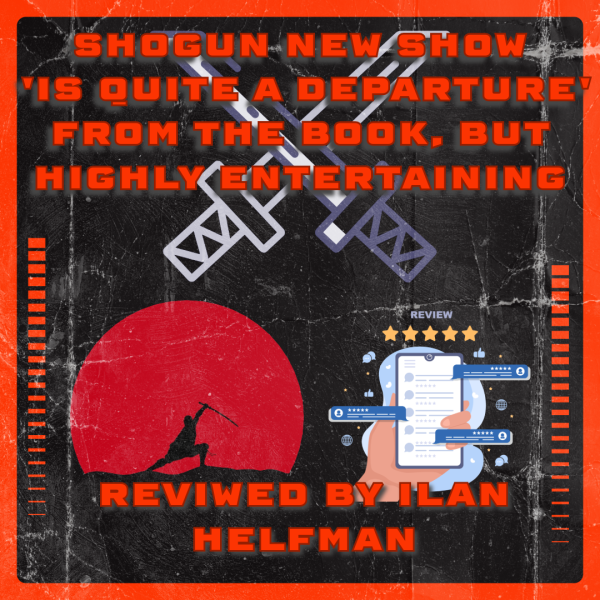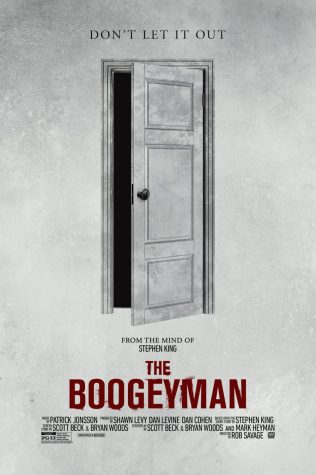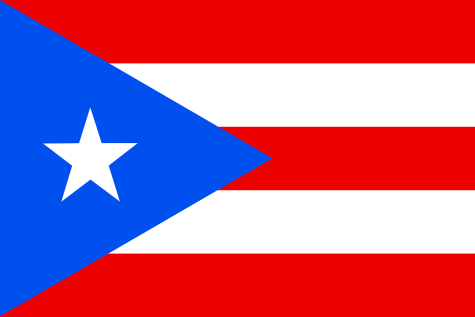Message not received
Plans to update access to information need support
April 11, 2016
Communication about upcoming events on campus between faculty, student groups and administrators at Contra Costa College has a tendency to only reach a select audience, or fail altogether.
It is perplexing when an event only manages to draw 10 people out of a campus population of more than 6,000.
While that figure is dwarfed by large community colleges with enrollments over 20,000, it is especially baffling when the only people at an event are those who organized it and an Advocate reporter and photographer.
While an event with zero attendance is uncommon, why is it that some events see low turnouts while Club Rush, Dinner with Faculty, Champagne and Chocolate, Comet football fill space?
Generating high participation relies on two principles: 1) the willingness of event organizers to take advantage of social media as a platform to spread information and 2) making sure people see that information.
A new college marketing strategy, spearheaded by Brandy Howard, the college’s new marketing director, aims to make use of Facebook, Instagram, Snapchat and Twitter to centralize access to information for students and faculty.
Making sure a message is received seems like a simple task since almost everyone has a cellphone with at least one of the four largest social media apps installed.
Unfortunately, most people are over encumbered by the responsibilities that come with taking 12 units while trying to hold down a part-time job or raising a child, teaching the same class at three different campuses five days a week or managing the operations of the institution.
The current platforms the college uses to house information about campus events, programs, group meeting minutes, agendas and financial aid and enrollment deadlines are aged and cumbersome to navigate.
People don’t have the time to check the various online platforms on which the college scatters information or follow social media accounts for the college that are numerous and updated inconsistently.
It is not the people who set up events who should shoulder the blame for low turnouts or missed deadlines — but a lack of understanding of new media and the fact that state funding has restricted the Contra Costa Community College District from creating a cohesive online presence at CCC, until now.
We can only hope that the overhaul of contracosta.edu, the launch of new accounts on Facebook, Instagram, Twitter and Snapchat, switching the college online learning management platform from Desire2Learn to Canvas and the opening of three modern buildings in fall 2016 (Campus Center and Classroom Building Project) will fuel involvement.
The inconsistent nature of how people adapt to new media is something only time and willingness will be able to solve, but making it a requirement for students to follow the campus social media accounts during the orientation process would have more immediate results.












